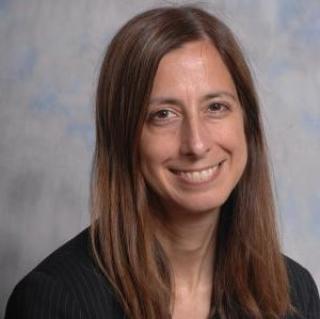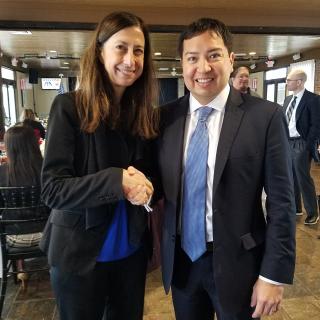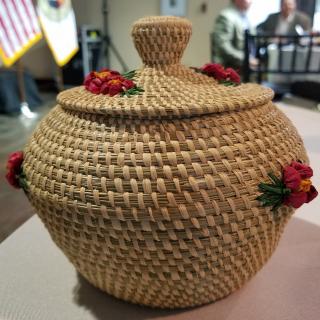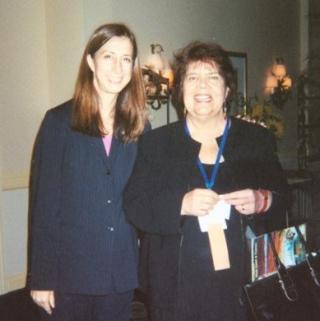Mary Smith

Mary Smith is an independent board member, former CEO-equivalent of a $6 billion national healthcare organization, and C-suite executive with 25+ years of business experience. Mary currently serves on the board of PTC Therapeutics, Inc. (NASDAQ: PTCT), a global biopharmaceutical company focused on the discovery, development, and commercialization of clinically differentiated medicines that provide benefits to patients with rare disorders. She also serves on the board of HAI Group, a leading member-owned property-casualty insurance company for the affordable housing industry.
Mary is seeking to add board roles to her portfolio of business interests to which her global business experience will add value and will draw on her considerable governance, technology, compliance, human resources, government affairs, accounting, audit oversight, and regulatory experience. Her industry experience includes highly-regulated areas such financial services, insurance, and healthcare.
Until 2017, Mary was the head of a national healthcare system (the Indian Health Service) serving over 2.2 million persons with a budget of over $6 billion that included 26 hospitals and over 50 clinics. In this role, she oversaw the development of an overarching operational framework that utilized data analytics to improve services, allocate resources, and develop the workforce. She also regularly testified before the U.S. Congress.
After earning a degree in mathematics and computer science, Mary started her career in technology at Walgreens and Northern Trust. In these positions, she worked side-by-side with business leaders to address technology needs, attract customers, and develop strategy. As part of her portfolio, Mary currently serves as vice chair at the VENG Group, where she consults on business development, strategy, healthcare, and corporate governance.
Mary previously served in a senior role at Tyco International (US) Inc. (NYSE: TYC), a $40 billion public company, where she managed one of the most high-profile corporate governance and accounting matters in the country. At Tyco, Mary managed a $60 million budget and regularly advised the board and senior executives on corporate governance matters and compliance, overseeing a $3 billion settlement. She also served as special counsel & estate trust officer at the Office of Special Deputy Receiver in Chicago, Illinois, where she managed and advised on M&A for over 20 insurance companies with approximately $1.5 billion in assets.
Mary has also served on the senior team of the Civil Division at the United States Department of Justice and was general counsel at the Illinois Department of Insurance and member of senior management, overseeing legal and compliance functions. Earlier in her career, Mary served in the Clinton White House as associate counsel to the president and associate director of policy planning in the Domestic Policy Council. From 2018-2020, she was also a member of the National Policy and Innovation Council for WellCare (NYSE: WCG) (now Centene), which advised the C-suite on strategic matters.
Mary is a NACD Board Leadership Fellow and has attained the CERT Certificate in Cybersecurity Oversight from Carnegie Mellon and NACD. Mary is a board member of the Field Museum of Natural History in Chicago, and also serves as audit committee chair and as a member of the Nominating and Governance Committee of the National Women’s History Museum.
Mary is an enrolled member of the Cherokee Nation and one of the most high-profile Native Americans in the country. She is also the founder and board chair of the Caroline and Ora Smith Foundation, the only national organization that promotes Native American girls in the STEM fields.
What led you to become a board member of the National Women’s History Museum? Why do you believe NWHM’s mission is vitally important to empower future generations?
My life has been dedicated to addressing the injustices that my mother and grandmother suffered. My mother, Caroline Smith, was a gifted student who graduated high school at the age of 16, but grew up in an environment where boys went to college, as did her three brothers, but girls did not. My grandmother, Ora Mae Smith nee Pallone, was Native American and born in 1905 in Westville, Oklahoma. She grew up in a family with 16 children, only 10 of whom lived above the age of three. Ora Mae also grew up in a time when she was expected to just go to school through eighth grade. But it never stopped her: she had strength, perseverance, and determination. Standing on the shoulders of these matriarchal giants, I am passionate about helping to improve women’s lives. Women’s stories and contributions need to be honored and heard. For too long, women’s stories have been either overlooked or minimized. There is no other national museum dedicated to telling women’s stories, both past and present. NWHM empowers young women and girls through its online exhibits and its educational programs. NWHM’s educational programs help girls see what is possible and, as Amanda Gorman said in her inaugural poem, “For there is always light, if only we’re brave enough to see it. If only we’re brave enough to be it.”
Throughout your extensive career—from being an attorney, holding positions at the highest level of government, and leading a national health care organization—you’ve had extraordinary success. From all your incredible accomplishments, is there one you are most proud of?
From a young age, I wanted to make a difference in my community and beyond. After law school while working at a law firm in Chicago, I had a far-fetched dream of one day working in the White House. To me, there would be no better way than to engage civically than in the White House. Fast forward four years, and, after some risk-taking, hard work, and frankly, pure luck, I found myself a member of the Domestic Policy Council in the White House. I tried to make every day count by working on issues of domestic violence, food safety, and homelessness, among others. It was during this time, after my father passed away, that I really began to connect with my Native American heritage and community. I became responsible for Native American policy, and with my engagement on this issue, as with civic engagement generally, relationships and trust are keys to success. So, after four years in the White House, I had developed more relationships and was able to spearhead a $1.2 billion initiative across all federal agencies to improve the lives of Native Americans. A centerpiece of the initiative was training 1,000 Native American teachers. I hoped that this initiative would make a difference in many Indian communities, but being in Washington, I did not have a close-up view. About one year after I left the White House, I received a letter from one young Native woman who became a teacher because of this initiative, expressing her gratitude for the opportunity this initiative gave her. This letter epitomizes the importance of civic engagement and leadership.


Native American art is boundless. It intertwines culture, beliefs, stories, and beauty into pieces that have a functional purpose, such as brilliantly woven blankets or baskets that convey meaning through colors and symbols, to highly stylistic ledger art. Is there a form of Native American art you admire or collect?
I recently was the National Secretary of the American Bar Association (ABA) and the first Native American officer in the ABA’s over 140-year history. I was honored to accompany then ABA President Judy Perry Martinez to the Coushatta reservation in Louisiana. While there, I was able to meet Tribal Chairman David Sickey and learn about the Coushatta’s traditions and culture. The Coushatta are known world-wide for their masterful cane-woven and longleaf pine-needle basketry. While at the reservation, I learned that the art of basket making was almost lost when, a few years ago, only a few elders still knew how to make the baskets. The tribe started classes that brought together young and old to learn the art of basket making and, in a few short years, the art was revived. I so appreciate that the basketry is part of the tribe’s culture and history, but also its future.
There are so many extraordinary women whose stories are not taught in schools, and no doubt the lives and contributions of Native American women are particularly sparse in U.S. textbooks. Which underrepresented woman from history would you like to see included in K-12 history books?
In America, the most widely recognized Native American women often are the ones who are portrayed as one-dimensional figures and contributing to our country’s traditional historical narrative by assisting white men in the business of taking Indian land—Pocahontas and Sacagawea.

Wilma Mankiller was another kind of woman entirely. I am a member of the Cherokee Nation, and I came to know of Wilma as an almost mythological figure as the first woman to serve as the Principal Chief of the Cherokee Nation. I did not meet her until after she had stepped down as Principal Chief because of her health. I was so in awe to meet her. What struck me, however, was how approachable she was. Her humanity and generosity with her time were so amazing given her statute, but also her health.
When Wilma was asked to run for office the first time, she was promptly criticized—not for her liberal Democratic politics, but for her gender. Wilma described herself as “stunned” by the hostility. “I expected my politics to be the issue,” she said later. “They weren’t. The issue was my being a woman, and I wouldn’t have it. I simply told myself that it was a foolish issue, and I wouldn’t argue with a fool.”
